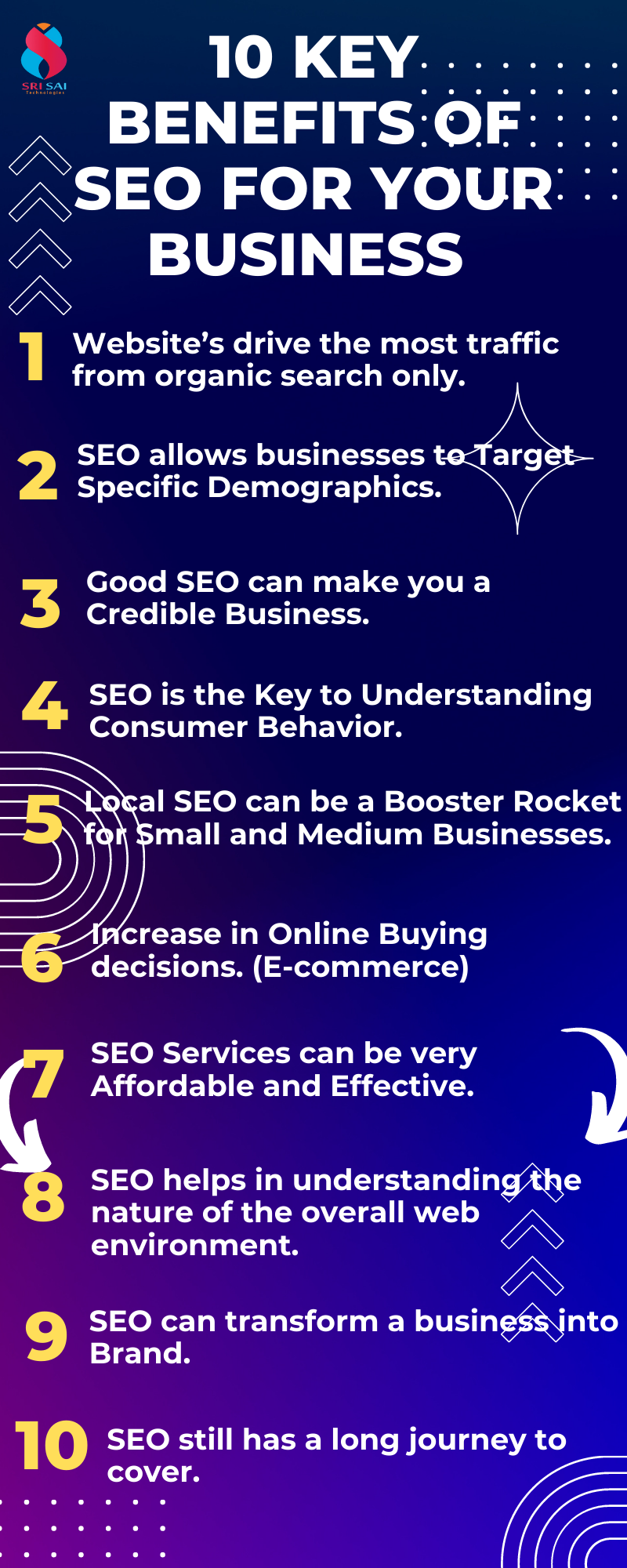Debunking What Is Ruled Out a Default Medium in Google Analytics
Debunking What Is Ruled Out a Default Medium in Google Analytics
Blog Article
Unveiling the Unconventional Mediums in Google Analytics Beyond Default Settings
In the realm of electronic analytics, Google Analytics stands as a foundation for companies looking for to understand their on-line visibility. While default setups offer beneficial understandings, truth depth of understanding hinge on exploring the unusual tools that frequently go undetected. By venturing beyond the surface area and diving right into the complexities of social media sites information, email project performance, reference web traffic resources, straight traffic patterns, and custom-made channel groupings, a treasure trove of details waits for those going to welcome an extra nuanced method. Nevertheless, what lies below these non-traditional tools may simply redefine how services perceive and plan their online initiatives.

Leveraging Social Media Insights
Occasionally overlooked, yet exceptionally beneficial, is the method of leveraging social media sites insights within the world of Google Analytics. By incorporating information from platforms like Facebook, Twitter, Instagram, and LinkedIn into Google Analytics, organizations can get a much deeper understanding of their target market and the performance of their social media sites campaigns.
Via this assimilation, marketing professionals can track and assess customer behavior on their website that originates from social networks systems. They can determine which social networks channels are driving one of the most traffic, which content is resonating with the target market, and which campaigns are converting the most leads. This understanding allows for data-driven choices to optimize social networks techniques and improve total marketing efficiency.
Furthermore, by incorporating social media understandings with Google Analytics, organizations can produce much more targeted and individualized campaigns - what is not considered a default medium in google analytics. They can utilize demographic information, passions, and on the internet actions collected from social networks to refine their audience segmentation and deliver tailored messages that reverberate with certain client teams. This targeted method can result in greater involvement, boosted conversions, and ultimately, enhanced roi
Discovering Email Project Performance
Revealing Email Campaign Efficiency includes assessing vital metrics and performance indications to examine the efficiency of email marketing efforts. When delving into email campaign performance, it is critical to analyze metrics such as open rates, click-through prices, conversion prices, and unsubscribe prices. Open rates show the portion of receivers who opened up the e-mail, giving insight into the performance of subject lines and sender names. Click-through prices gauge the percentage of receivers that clicked links within the e-mail, revealing interaction levels. Conversion prices track the portion of recipients who completed a preferred action after clicking a link in the email, such as purchasing or signing up for a newsletter. Last but not least, unsubscribe rates highlight the number of receivers who pulled out of obtaining additional emails, dropping light on e-mail material quality and significance. By analyzing these metrics, marketers can fine-tune their e-mail campaigns for much better involvement and performance.
Analyzing Referral Web Traffic Resources
After evaluating the performance of e-mail campaigns with essential metrics such as open rates and conversion rates, the next vital step is analyzing reference website traffic resources in Google Analytics to understand where internet site visitors are originating from and exactly how they communicate with the website. Referral web traffic sources describe the internet sites that direct users to your site through clickable web links. By delving into this data, services can gain insights more right into which outside platforms are driving website traffic to their site, whether it be social networks platforms, partner internet sites, or online directory sites.
It aids businesses recognize high-performing recommendation sources that contribute significantly to site web traffic and conversions. Google Analytics uses thorough records on recommendation web traffic, enabling organizations to track the efficiency of each reference source precisely and make data-driven choices to boost their online read this post here visibility.
Discovering Direct Website Traffic Patterns
Discovering the straight web traffic patterns in Google Analytics gives important insights into user behavior and the performance of projects - what is not considered a default medium in google analytics. Direct traffic describes visitors that land on a web site by directly keying the link into their internet browser, using bookmarks, or clicking on untagged web links. Recognizing straight traffic patterns can help online marketers examine the impact of offline advertising efforts, brand name recognition, and the effectiveness of word-of-mouth referrals
By diving into straight web traffic information, businesses can uncover vital information concerning user intent and brand commitment. Evaluating the actions of straight visitors, such as the web pages they visit, the moment spent on website, and the conversion price, can supply a much deeper understanding of user engagement and the total efficiency of the web site in converting site visitors into consumers.
Moreover, tracking straight website traffic patterns gradually permits services to identify fads, seasonality impacts, and the success of specific campaigns or promos in driving direct gos to. This info can after that be utilized to improve advertising and marketing approaches, enhance web site material, and boost the general user experience to maximize conversions.
Using Customized Network Groupings
Using customized network collections in Google Analytics allows services to categorize and analyze their website web traffic based upon particular criteria, supplying beneficial insights for enhancing marketing methods. Personalized network collections enable companies to produce their own customized groupings of web traffic sources, such as social media sites, organic search, e-mail campaigns, and reference traffic. By specifying these collections, companies can get a much deeper understanding of just how different advertising and marketing networks add to their internet site traffic and conversions.
This attribute is especially beneficial for look at this site services with varied advertising techniques throughout different platforms. For instance, a business running both paid and organic social media projects can distinguish between both to evaluate their specific efficiency accurately. In addition, custom-made channel groups can assist recognize any neglected or ignored website traffic resources that may be driving valuable involvement.
Conclusion

By venturing past the surface and delving into the ins and outs of social media data, email campaign performance, recommendation website traffic sources, direct traffic patterns, and custom network collections, a prize trove of details awaits those eager to accept an extra nuanced method. They can determine which social media networks are driving the most traffic, which web content is resonating with the audience, and which projects are converting the most leads.After examining the efficiency of email campaigns via crucial metrics such as open rates and conversion prices, the next crucial step is assessing referral website traffic sources in Google Analytics to comprehend where website site visitors are coming from and exactly how they engage with the website. Custom-made channel groups make it possible for companies to develop their own tailored groups of traffic sources, such as social media, organic search, email projects, and reference traffic. By leveraging social media insights, discovering e-mail campaign performance, evaluating reference web traffic resources, exploring direct traffic patterns, and using custom-made network groups, online marketers can acquire beneficial insights into their online visibility.
Report this page